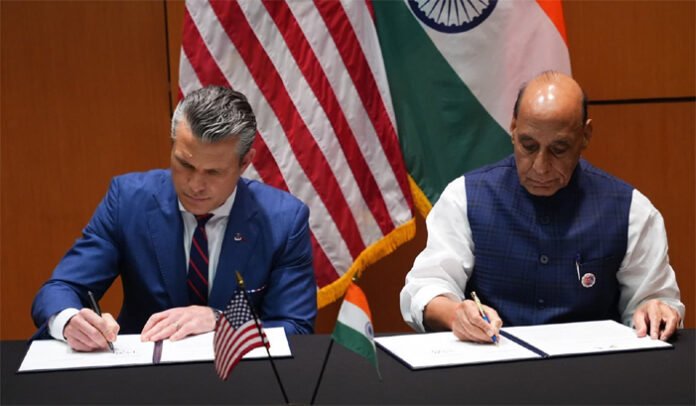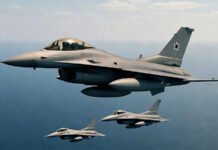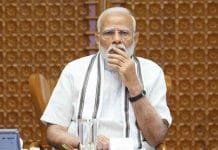India and the United States have signed a 10-year defence framework agreement, cementing one of the most significant bilateral military partnerships in recent history.
Announced by US Secretary of Defence Pete Hegseth and India’s Defence Minister Rajnath Singh on October 31, 2025, the pact is designed to deepen collaboration in military technology, joint operations, intelligence sharing, logistics, and cybersecurity.
“The next decade of India–US defence cooperation will define the balance of power in the Indo-Pacific,” said Pete Hegseth in New Delhi. “This agreement is about peace, deterrence, and shared prosperity.”
🛡️ A Strategic Leap for the Indo-Pacific
The agreement comes amid rising tensions in the Indo-Pacific region, especially due to China’s assertive military posture.
Under this new pact, India and the US have agreed to:
Conduct annual high-level strategic dialogues.
Enhance joint naval exercises in the Indian Ocean and South China Sea.
Co-develop next-generation defence technologies, including unmanned aerial systems and AI-powered warfare tools.
Share real-time intelligence and logistics resources through secure digital channels.
Defence experts call this deal a “strategic leap,” positioning India as a key stabilizing power between East and West.
“This is not just about defence; it’s about deterrence,” said Dr. Ananya Mehta, senior fellow at the Centre for Strategic Affairs. “It signals that democratic nations will cooperate to maintain freedom of navigation and rule-based order.”
⚙️ Technology Transfer and Joint Development
A major highlight of the pact is the technology-sharing and co-production clause.
It allows India access to sensitive US technologies that were previously restricted. These include:
Advanced radar and surveillance systems.
Jet engine design for India’s next-gen fighter aircraft program.
Naval propulsion technologies and anti-submarine systems.
The Defence Research and Development Organisation (DRDO) is expected to sign multiple sub-agreements with US defence giants such as Lockheed Martin, Boeing, and Northrop Grumman.
A senior official at DRDO stated anonymously:
“For India, this is a leap toward self-reliance and indigenous production. Our Make-in-India defence initiative will now integrate global expertise.”
🌏 Regional & Political Impact
The pact is being closely watched by neighbouring countries, especially China and Pakistan.
Beijing has already expressed concern, calling the move “a potential destabilizing factor in regional harmony.”
However, both Washington and New Delhi maintain that the agreement is aimed at peaceful cooperation and maritime security, not confrontation.
Political analysts believe this partnership also reinforces India’s growing influence within global alliances such as the Quad (US, India, Japan, Australia) and I2U2 (India, Israel, US, UAE).
The pact also includes a humanitarian clause — ensuring both nations will coordinate on disaster response and maritime rescue operations in the region.
💬 The Road Ahead
Over the next 12 months, India and the US will establish a Joint Defence Steering Committee to monitor progress and implement the framework’s objectives.
Early projects include joint training at Andaman & Nicobar Command, co-development of a cyber defence command, and possible deployment of US-built drones under Indian command structures.
Economically, analysts predict the deal could unlock over $50 billion in bilateral defence trade over the next decade.
“This partnership sets the tone for a multipolar Asia, where India stands tall as a technological and strategic pillar,” said former diplomat Nirupama Rao.
🌐 Conclusion
The India–US 10-Year Defence Pact is more than a bilateral document — it’s a vision statement for the next era of strategic cooperation.
By combining India’s growing regional role with America’s global military reach, the two nations are laying the foundation for peace, security, and technological progress across the Indo-Pacific.
As Defence Minister Rajnath Singh summarized:
“This partnership ensures that India’s security, sovereignty, and strategic autonomy will be safeguarded — with cooperation, not dependency.”
















